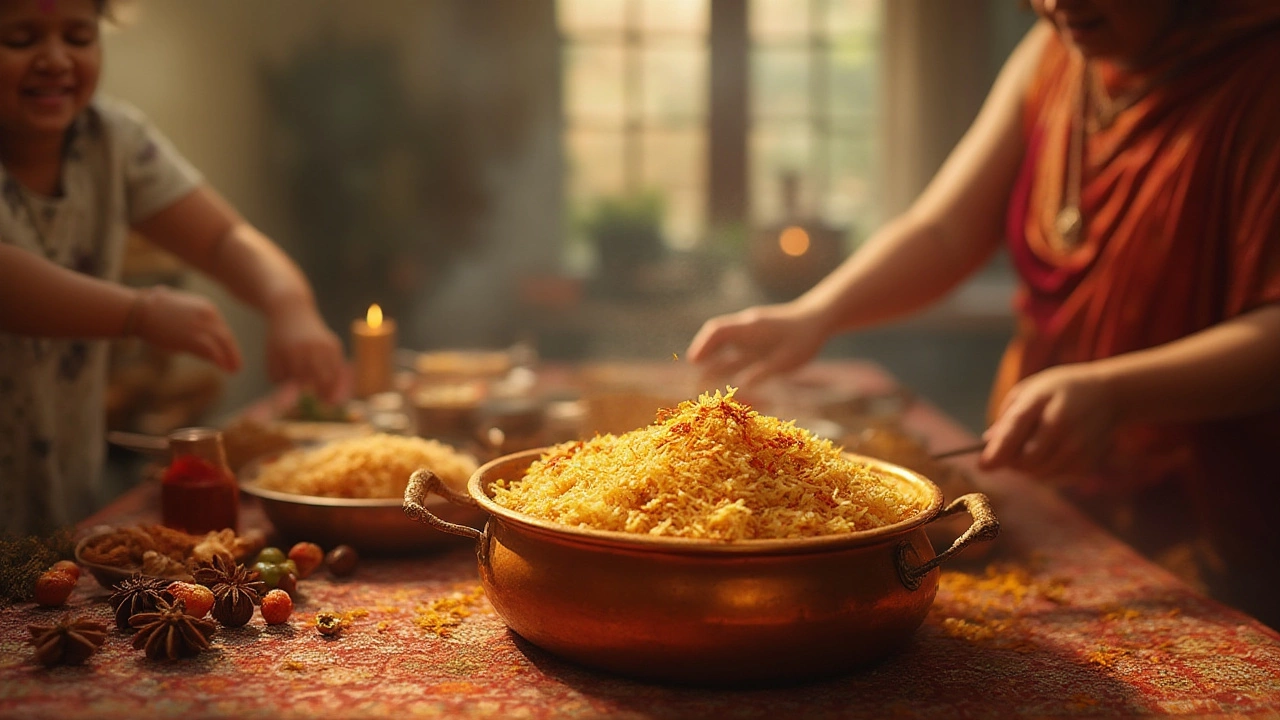Authentic Biryani Recipe – Your Quick Guide to Mastering the Classic Indian Rice Dish
If you’ve ever wondered why biryani feels intimidating, you’re not alone. Most home cooks get stuck on a few stubborn steps – getting the rice fluffy, layering spices right, and making sure the meat stays juicy. The good news? All of those hurdles have simple fixes, and you can start cooking a restaurant‑level biryani tonight.
Why Biryani Can Seem Hard (And How to Beat the Myths)
One of the biggest myths is that you need a fancy pot or a professional kitchen. In reality, a heavy‑bottomed pot or a pressure cooker works fine. The real challenge is controlling moisture. Too much water makes the rice mushy; too little leaves it dry. The trick is to pre‑soak basmati for 30 minutes, then cook it to 70 % doneness before layering.
Another common mistake is over‑spicing. Authentic biryani relies on a balanced blend of whole spices – cardamom, cloves, bay leaves, and a pinch of black pepper. Use a spice grinder or a mortar‑pestle to crush them just before cooking; this releases the freshest aroma without overwhelming the dish.
Quick Tips for a Perfect Biryani Every Time
1. Layer wisely. Start with a thin layer of partially cooked rice, add the seasoned meat or vegetables, then another rice layer. End with a handful of fried onions, fresh coriander, and a splash of saffron‑infused milk for color.
2. Seal the pot. Wrap the lid with a clean kitchen towel before closing it. This traps steam and prevents moisture from escaping, giving you that fluffy, separate grain texture.
3. Rest before serving. Let the biryani sit covered for 10‑15 minutes after turning off the heat. This lets the flavors meld and makes it easier to serve without breaking the rice grains.
4. Watch the heat. Start with high heat to bring the pot to a boil, then reduce to low and let it simmer gently. High heat for too long will scorch the bottom; low heat ensures even cooking.
5. Use fresh ingredients. Fresh ginger, garlic, green chilies, and mint add brightness. Even a small handful of mint can lift the entire dish.
Our tag page brings together the most helpful articles on biryani. You’ll find answers to questions like “Is biryani hard to cook?” and “Why is biryani so delicious?” – each piece breaks down the process into bite‑size steps. Whether you’re a total beginner or looking to refine your technique, the collection covers everything from spice selection to troubleshooting common problems like the mysterious ‘black things’ that sometimes appear in the rice.
Start with the beginner‑friendly guide “Is Biryani Hard to Cook? Simple Tips and Truths for Beginners” to get a solid foundation. Then dive into “Why Is Biryani So Hard to Make? Expert Tips for Mastering Authentic Biryani at Home” for deeper insights on rice texture and spice layering. If you’re curious about the flavors that make biryani stand out, check out “Why Is Biryani So Delicious? Inside the Taste, Spices, and Secrets.”
All these articles are written in plain language, packed with practical advice, and free of jargon. Grab a notebook, pick the tip that fits your kitchen, and give the authentic biryani recipe a try. You’ll be amazed at how quickly the mystery turns into a tasty, brag‑worthy meal.
Ready to impress your family or friends? Follow the steps, trust the process, and enjoy every aromatic bite. Happy cooking!
Perfect Biryani Recipe: How to Make Authentic Biryani at Home
Discover the real secrets behind what makes a perfect biryani. From rice to layering, spices to technique, learn how you can master biryani at home like never before.
